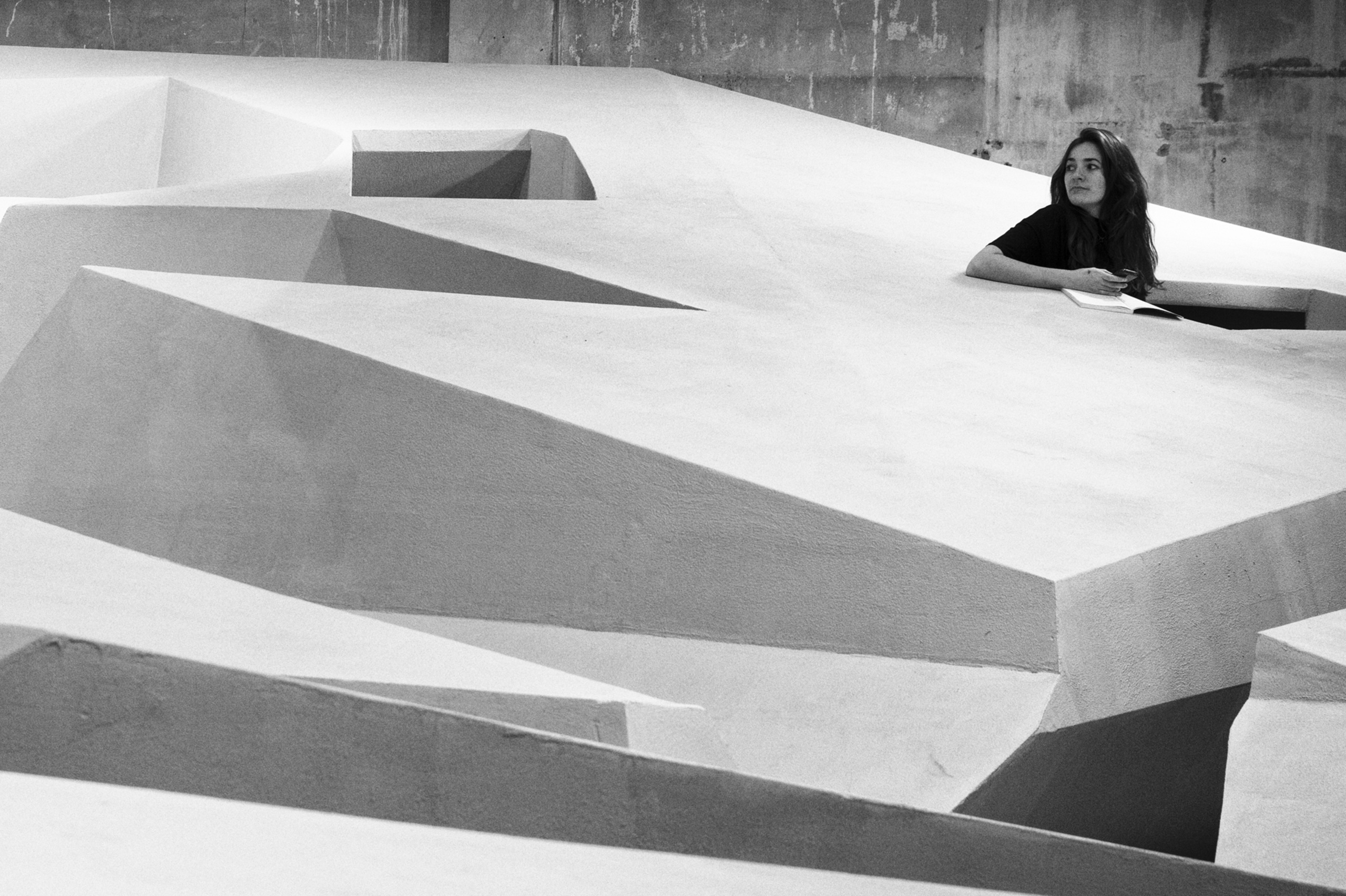James J. Gibson, The Ecological Approach to Visual Perception (Boston: Houghton Mifflin, 1979). See also Erik Rietveld and Julian Kiverstein, “A Rich Landscape of Affordances,” Ecological Psychology 26, no. 4 (2014): 325–52.
The sociomateriality of the human environment is discussed in greater detail in Ludger van Dijk and Erik Rietveld, “Foregrounding Sociomaterial Practice in Our Understanding of Affordances: The Skilled Intentionality Framework,” Frontiers in Psychology 7 (2017); and Rietveld and Kiverstein, “A Rich Landscape of Affordances.” For a classic study on sociomaterial practices, see Annemarie Mol, The Body Multiple: Ontology in Medical Practice (London: Duke University Press, 2002).
One study followed over 220,000 Australians to investigate the relationship between sitting time and all-cause mortality. It found that those who sit eleven hours or more per day have a 40 percent higher risk of dying in the next three years than those who sit four hours or less. Even when one exercises every day, one does not compensate for the many hours spent seated. Hidde P. van der Ploeg, Tien Chey, Rosemary J. Korda, Emily Banks, and Adrian Bauman, “Sitting time and all-cause mortality risk in 222,497 Australian adults,” Archives of Internal Medicine 172, no. 6 (2015): 494–500. For a review and meta-analysis of studies on the health effects of sitting, see Avi Biswas, Paul Oh, Guy Faulkner, Ravi R. Bajaj, Michael A. Silver, Marc Mitchell, and David A. Alter, “Sedentary Time and Its Association With Risk for Disease Incidence, Mortality, and Hospitalization in Adults: A Systematic Review and Meta-analysis,” Annals of Internal Medicine 162 (2015): 123–132.
Though more studies are needed to investigate its impact, in particular over longer periods of time and with older subjects. See Rob Withagen and Simone R. Caljouw, “‘The End of Sitting’: An Empirical Study on Working in an Office of the Future,” Sports Medicine 46, no. 7 (2015): 1019–27.
Thanks to Janno Martens, Julian Kiverstein, Ludger van Dijk, and Maarten van Westen for feedback on an earlier version of this text. Erik Rietveld would like to acknowledge the research funding awarded by the Netherlands Organisation for Scientific Research (NWO) in the form of a VIDI-grant, and the European Research Council in the form of ERC Starting Grant 679190 (EU Horizon 2020), for his project "AFFORDS-HIGHER." This research also would not have been possible without the Stipendium for Established Artists awarded to Ronald Rietveld by the Mondriaan Fund for the Visual Arts.
Superhumanity: Post-Labor, Psychopathology, Plasticity is a collaboration between the National Museum of Modern and Contemporary Art, Korea and e-flux Architecture.
